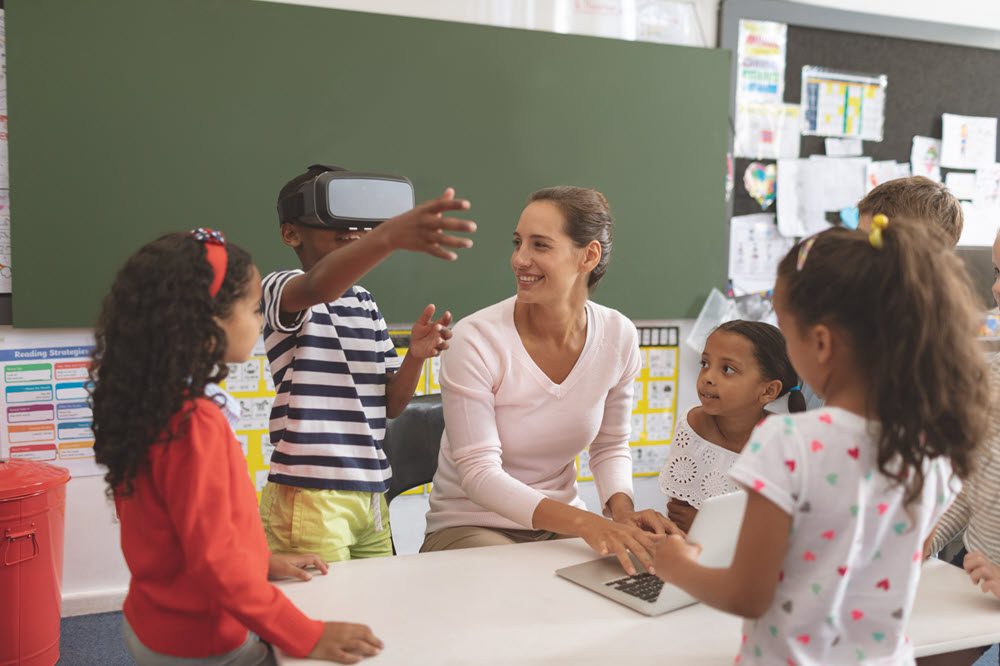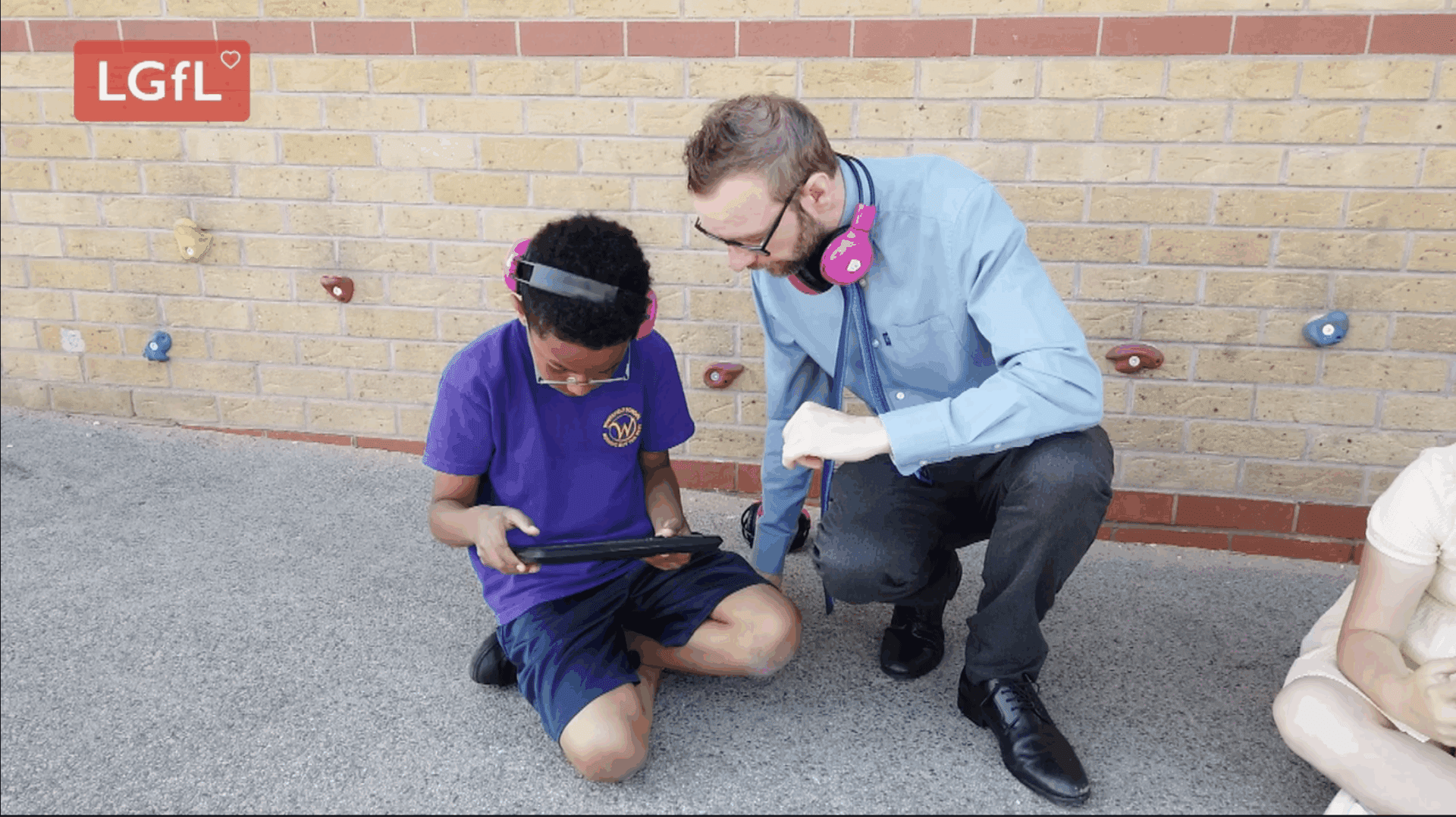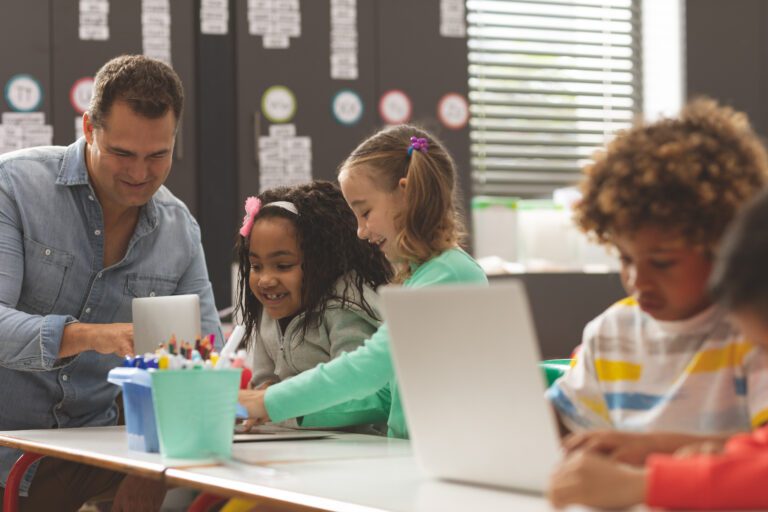As educators know, sitting still for hours isn’t how children learn best. Decades of research and modern neuroscience all point to the same conclusion: physical movement improves attention, memory, motivation – and ultimately academic performance.
- A 2023 meta‑analysis of over 7,300 participants found cognitively engaging physical activities (like movement requiring decision-making and rule-following) produced improvements in working memory, fluid intelligence, on-task behaviour, and creativity.
- Less than 42% of U.S. children ages 6–11 meet the recommended 60 minutes of daily physical activity – impacting health and classroom focus.
- A campus tech‑services team sums it up: just ten minutes of standing or gentle movement raises concentration, reduces stress, and improves retention – even at the college level.
- A 2025 systematic review of children with ADHD found physical activity interventions improved working memory.

Movement enhances brain function by increasing circulation, activating cerebellar coordination centers, and strengthening recall pathways. When students move – whether via brain breaks, gesture-based math, or kinesthetic games – they stay alert and motivated, and they process concepts more deeply.
Immersive Learning: AR/VR Experiences Provide Opportunities for Movement
Immersive learning environments – think augmented reality (AR), virtual reality (VR), simulations, role‑plays – are natural allies of physical, experiential learning. These technologies encourage learners to move through scenarios, manipulate virtual objects, and act out scenarios in ways that traditional instruction simply can’t.
When students move, they don’t just activate their muscles – they awaken a network of senses that feeds the brain with rich, multisensory input. Shifting position, changing perspective, and engaging in tactile interaction stimulates sight, sound, touch, and even balance, creating a layered sensory experience. These moments act as cognitive attractors – memorable, high‑engagement events where attention sharpens and information “sticks” more deeply. In immersive learning, physical movement amplifies this effect, making the experience feel real, personal, and memorable.
Discovery Education’s immersive learning platform makes these ideas practical and accessible. Two standout AR tools that provide opportunities for physical movement and experiential learning are:
TimePod Adventures

TimePod Adventures turns students into the main character in narrative‑driven, 3D storylines – such as historic journeys or scientific explorations – played out in AR on an iPad or iPhone. Students physically move through space to investigate clues, collaborate in groups, and solve problems. The combination of spatial movement, story immersion, and peer interaction naturally promotes engagement, memory retention, and higher order thinking.
Sandbox AR
Sandbox AR enables students to build, share, and inhabit virtual topical worlds using augmented reality on an iPad. Whether constructing ecosystems, exploring ancient civilizations, or modeling scientific phenomena, learners physically move around their creations, manipulate objects in 3D space, and collaborate with classmates. It transforms abstract concepts into tactile, shared experiences – driving engagement and deep understanding.

Connecting Research to Practice
So how do these AR tools bridge the gap between research on movement and real classroom application?

Movement-Inspired Engagement & Retention
Stepping into a TimePod Adventures scene or walking around a Sandbox AR build turns learning into a physical experience. This movement taps into embodied cognition – boosting attention, memory, and concept retention.
Intrinsic Motivation and Autonomy
Physically active learning has been shown to raise motivation, independence, and mastery. Both apps put students in the driver’s seat, letting them explore, create, choose paths, and solve problems in ways that feel personally meaningful.
Active Collaboration and Social Interaction
Group work comes naturally here. Students move together, share observations, and make real‑time decisions. These moments mirror the benefits seen in active learning research, where collaboration, role‑play, and simulation strengthen critical thinking and achievement.
Classroom Management Support
Movement doesn’t have to mean chaos. Sandbox AR’s “table scale” mode keeps students seated while they build, discuss, and explain their choices, then “life scale” mode delivers that big immersive moment. TimePod Adventures’ 10‑minute AR episodes pair with full‑length classroom activities, giving students a structured, reflective segment to settle, focus, and capture their learning on paper.
Tips for Educators: Putting AR Movement to Work in Your Classroom
- Plan for shared space: Clear an area where students can stand and move with tablets. Let them rotate roles – navigator, clue‑tracker, builder – to keep energy flowing.
- Blend movement with content: Ask students to gesture concepts – map routes, act out historical events, or build with Sandbox pieces. Embedding learning in physical activity strengthens memory.
- Reflect on experience: After each AR session, invite groups to discuss: What did moving around reveal? How did acting it out help you remember or understand?
- Alternate formats: Use TimePod Adventures for narrative exploration, and Sandbox AR for creative building. That variety keeps engagement high and supports different learning objectives.

Ready to Get Your Students Moving?
Bringing physical movement into the classroom isn’t about turning lessons into PE class – it’s about following the science. Students who move stay more alert, engaged, motivated, and they learn better. Immersive learning tools like TimePod Adventures and Sandbox AR deliver movement-rich, experiential learning that echoes what decades of research tell us: embodied, active classrooms help students thrive.
By combining high‑quality AR experiences with flexible classroom design and purposeful reflection, educators can turn content into lived experiences – boosting engagement, memory, and outcomes in ways that traditional methods simply can’t match.







